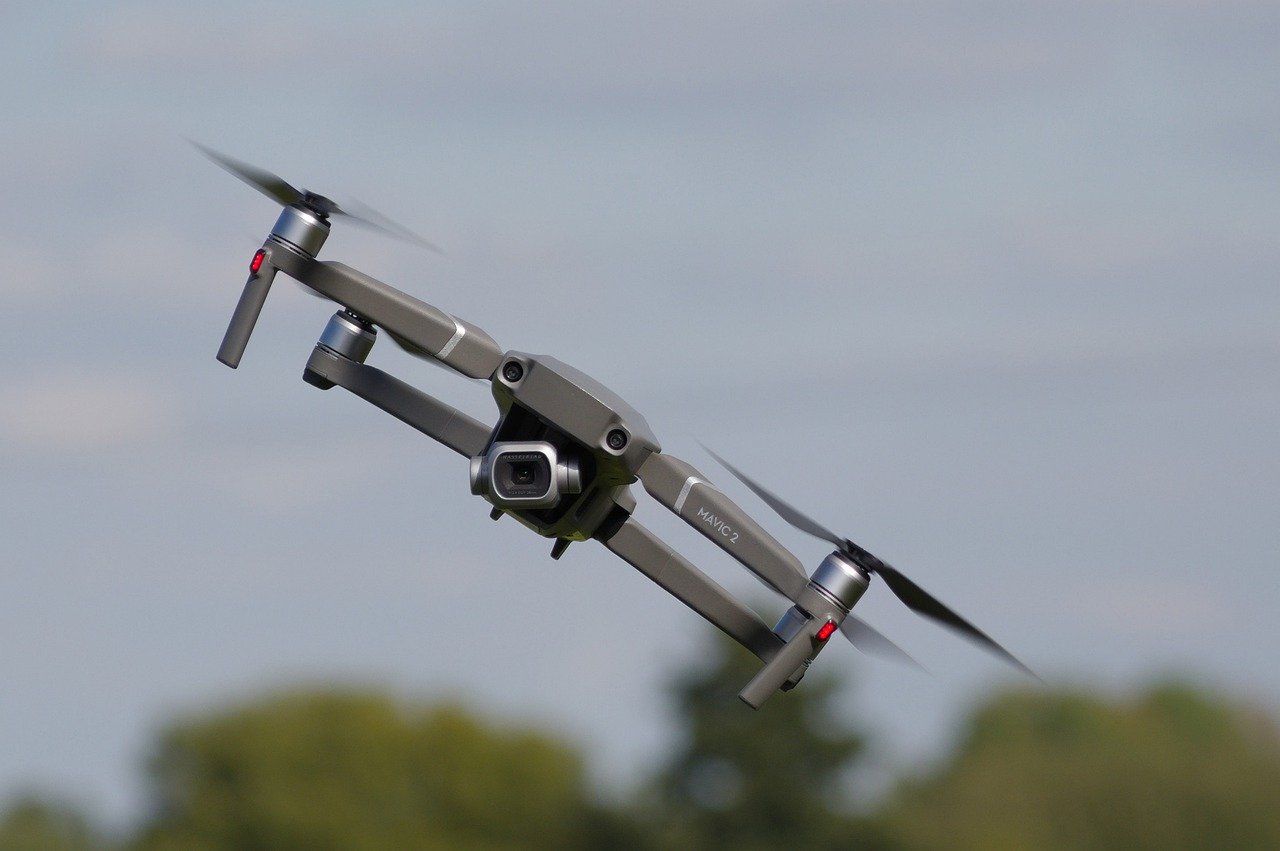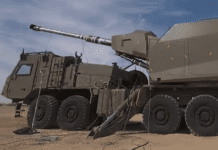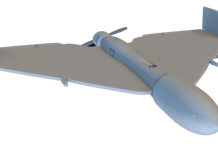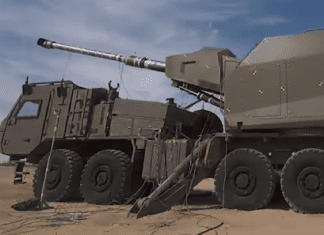This post is also available in:
 עברית (Hebrew)
עברית (Hebrew)
The use of drones and UAVs has grown immensely in various fields during the past few years. A main area of interest is search and rescue, as drones can be immensely useful in searching for victims in collapsed houses and rubble in the aftermath of natural disasters like earthquakes and lead to early detection and rapid response.
So far, drones used for search and rescue relied on cameras to search for victims and assess the situation, but visual information alone can be insufficient, especially when victims are trapped under rubble. To solve this problem, certain studies have focused on detecting trapped individuals using sound.
According to Techxplore, the issue with relying on sound is that the UAV’s propellors make noise that can drown out the farther human sounds. While some studies have attempted to solve this problem by using multiple microphones to isolate the source of victims’ sound from the propellers (along with speech recognition), the resulting processed sound is difficult to recognize accurately and uses predetermined words to isolate human sounds (which can be problematic).
Professor Chinthaka Premachandra and his team from the Shibaura Institute of Technology in Japan developed a novel AI-based noise suppression system to solve this problem. Premachandra explains: “Suppressing the UAV propeller noise from the sound mixture while enhancing the audibility of human voices presents a formidable research problem. The variable intensity of UAV noise, fluctuating unpredictably with different flight movements, complicates the development of a signal-processing filter capable of effectively removing UAV sound from the mixture. Our system utilizes AI to recognize propeller sound and address these issues effectively.”
This novel system is centered around an advanced AI model called Generative Adversarial Networks (GANs) that was used to learn the various types of UAV propeller sound data. This model was then used to generate a pseudo-UAV sound (a sound similar to that of the UAV propellers), which is subtracted from the actual sound captured by the onboard microphones in the UAV, allowing the operator to hear clearly and recognize human sounds.
This technique is better than traditional noise suppression systems because it can effectively suppress UAV noise within a narrow frequency range with good accuracy, as well as adapt to the fluctuating noise of the UAV in real time.
After trying the product, the researchers concluded that although there was still some remaining noise in the resulting audio, the current performance is good enough to propose the system for human detection at actual disaster sites. The researchers are currently addressing the remaining issues and are working to improve the system.
Premachandra concludes that the teams’ ongoing efforts “will help in further enhancing the effectiveness of UAVs in disaster response and contribute to saving more lives.”


























